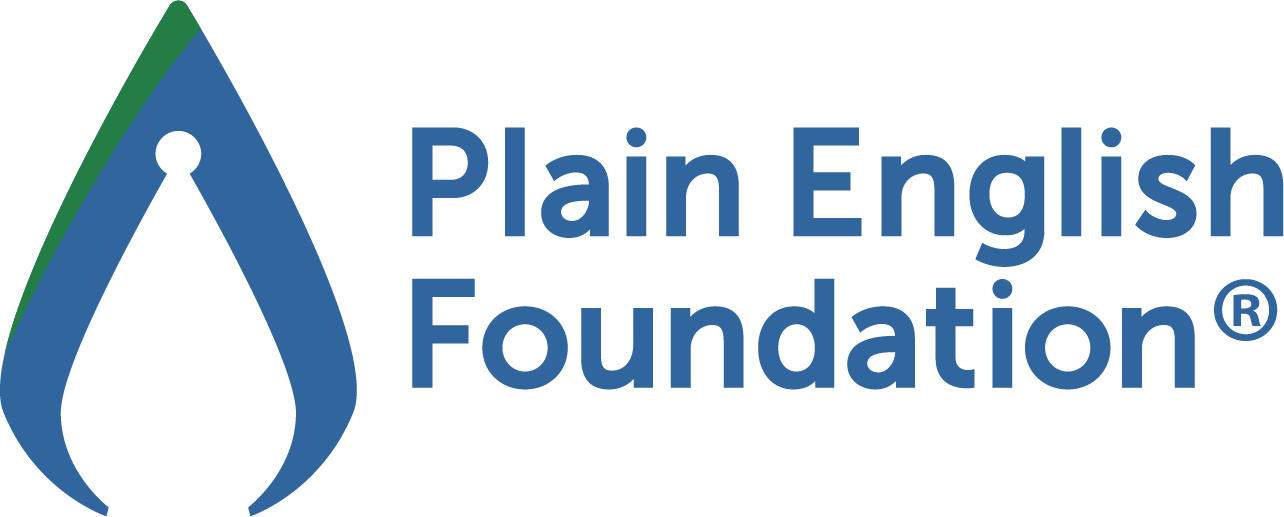Why we learnt to write the way we do
By Greg Moriarty and Stephen Howat
Workplace writing cannot succeed with a one-size-fits-all approach. Yet most of us enter the workforce having learned exactly that: the essay. Why do we use this approach and how does it limit successful communication?
An essay is the perfect writing tool for an education setting. The simple beginning, middle and end pattern helps students tackle the challenging task of assignment writing. And the predictable structure allows teachers to mark dozens of essays more efficiently.
But writing at work calls for a plain English approach, and a different set of tools in our writing toolbox.
Here are 4 features of essay writing that can slow us down or make workplace writing more laborious than it needs to be.

Including all your research to show your knowledge
When a student submits an assignment, they aim to prove that they have researched and understood the topic. The essay format helps students show what they’ve learned by introducing an argument, covering the main points and wrapping up the topic.
We all remember following a word count. Very early on, we learned to associate writing with generating long and detailed summaries of what we learned about a subject. Leaving aside the quality of the writing for now, an essay sees the student reading widely and including as much as possible in the paper. More is better.
But workplace writing typically has a more focused and specific goal. If you include all your research, you risk burying key information or making the analysis that supports your recommendations less clear.
Following the essay structure to reveal your thinking
Remember our teacher with dozens of essays to mark? Their task becomes 10 times easier when all students follow the same assignment pattern, as rigid as it is. This pattern allows each student’s unique content and thought processes to come to the fore within the formulaic 3-part sequence.
It’s also an incredibly easy structure to learn. Kids know early on that stories have a beginning, middle and end. We see this chronology reflected in books, films and plays. Even ChatGPT applies the 3-part sequence.
So we can forgive workplace writers for thinking the essay format is the norm. But while a well-honed essay helped us succeed academically, it’s a mistake to think that same pattern will work equally well in the workplace.
A major difference between a workplace document and a student paper is its purpose.
Professional documents typically seek to achieve something. They might ask a reader to act on the contents or give them enough information to complete a task. This means that the conclusions and rationale – which often come at the end of an essay – should be front and centre in a workplace document.
Using a basic layout to comply with writing conventions
Except for paragraphs, a traditional essay includes few design features. No headings, tables or bulleted lists. This ‘wall of words’ is usually our introduction to formal writing and, unfortunately, it often remains our default.
So why does this design persist? In an education setting, there’s simply no need to change it. Students know that their tutor will read their essay, and they’ll likely do so from start to finish. They must, regardless of how dull the essay looks.
But that’s not how our colleagues or external audiences approach reading.
Our first hurdle is to persuade them to actually start reading. If the document looks like hard work, they might pick up the phone and call us instead. Once they do start reading, most readers jump around in a document rather than pass through it in a linear way.
Headings, tables and bulleted lists break up the ‘wall of words’ and make it easier for our colleagues or external audiences to read our work.
Choosing more complex language to show your education
With the essay structure fixed in the student’s mind, they can focus on the wording. Successful essay writing relies heavily on writing to impress. Big words, passive voice and complex phrases, wrapped in long, elaborate sentences. What better way to make an impression?
Expanding our vocabulary is a noble goal of education. Start while students are young and fill their brains with words, words and more words. The essay format invites students to show their grasp of language and concepts by drawing on a sophisticated lexicon.
But what happens when we apply this ‘bigger is better’ rule at work? Over 100 years of research confirms that longer words and sentences slow people down, lead to re-reading or cause readers to give up altogether.
To avoid this, use shorter sentences and everyday words in your workplace writing. Your readers will thank you.
Choose the right tools for the workplace
Where does that leave us with workplace writing?
With your next document, why not take a few moments to see if you are using any of these traditional essay features. Now that you’re aware of them, you can adapt your approach so that your document better fits your purpose, content and reader. This will help you reach your communication goals more easily.
For targeted advice and individual feedback on your workplace writing, consider our plain language writing training. Our workshops equip you to choose the right tool for the job every time and avoid a one-size-fits-all approach to writing.






